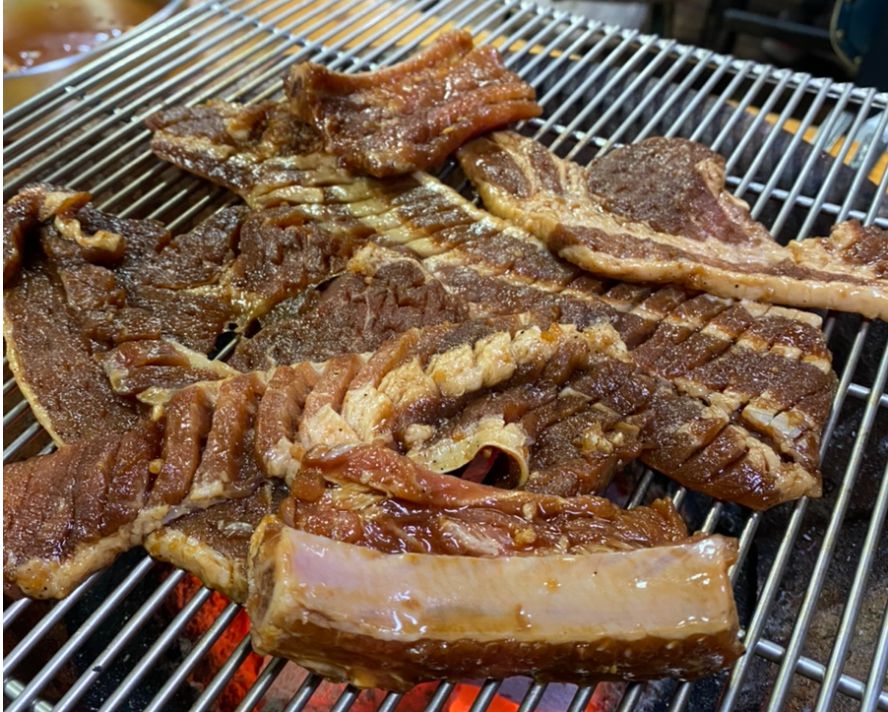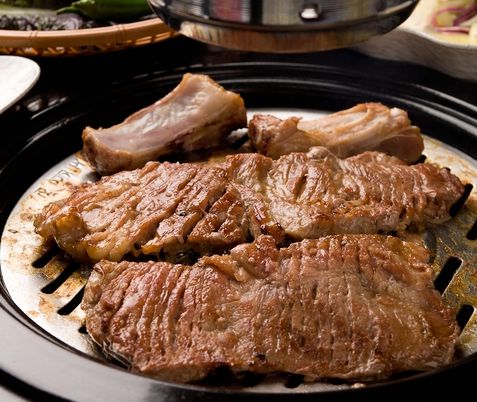Introduction: Korean BBQ, also known as “Gogi-gui,” is a delightful culinary experience that has taken the world by storm. Originating from South Korea, this interactive and social way of grilling meat has captured the hearts and taste buds of food enthusiasts globally. In this blog, we will explore the art of Korean BBQ, its history, the must-try dishes, and the key elements that make it an unforgettable dining adventure.
- A Brief History of Korean BBQ: Korean BBQ’s roots can be traced back to ancient Korean traditions of grilling meat over an open fire, a practice dating back to the Goguryeo dynasty. The tradition evolved over the centuries, and by the 20th century, it became a popular pastime for families and friends to gather around a grill, bonding over the sizzling delicacies. The technique and flavor profiles have transformed, but the essence of communal joy and togetherness remain intact.
- The Essentials: Tools and Equipment: To embark on your Korean BBQ journey, you’ll need some essential tools and equipment. The centerpiece of any Korean BBQ is a tabletop grill. Typically made of cast iron or stainless steel, these grills allow guests to cook their meat to their preferred doneness, making it a fun and interactive dining experience. Apart from the grill, you’ll need a pair of tongs, scissors, and dipping sauces like ssamjang (a mix of soybean paste and chili paste) and sesame oil with salt and pepper for seasoning.
- Meat Galore: The Star of Korean BBQ: At the heart of Korean BBQ lies the selection of premium meats. While beef is a favorite, pork, chicken, and even seafood are also popular choices. Some classic cuts of beef include bulgogi (marinated thinly sliced beef) and galbi (beef short ribs). For pork enthusiasts, samgyeopsal (uncured pork belly) and dwaeji galbi (pork ribs) are must-tries. Pair these meats with a variety of vegetables such as lettuce, perilla leaves, and sliced garlic to create flavorful wraps.
- Banchan – The Flavorful Companions: A Korean BBQ spread is incomplete without an array of banchan, small side dishes that complement the grilled meats. These could include kimchi (fermented vegetables), namul (seasoned vegetables), japchae (sweet potato glass noodles), and much more. The diverse flavors and textures of banchan enhance the overall dining experience, tantalizing the taste buds with every bite.
- The Joy of DIY: Assembling Your BBQ Wraps: One of the joys of Korean BBQ is the DIY aspect. After grilling the meat to perfection, take a lettuce leaf or perilla leaf, add a piece of grilled meat, a dash of ssamjang or dipping sauce, and some banchan. Then, wrap it all up and take a satisfying bite. The combination of smoky grilled meat, fresh vegetables, and flavorful sauces create a burst of flavors in your mouth, making each bite a delightful experience.

Conclusion: Korean BBQ is not just a meal; it’s an experience that brings people together, fostering a sense of camaraderie and joy. The sizzling sounds, the aroma of grilled meats, and the art of assembling your wraps make it an unforgettable journey into Korean culture and cuisine. So, gather your friends and family, fire up the grill, and dive into the world of Korean BBQ for a sizzling adventure that will leave you craving more. Happy grilling!
